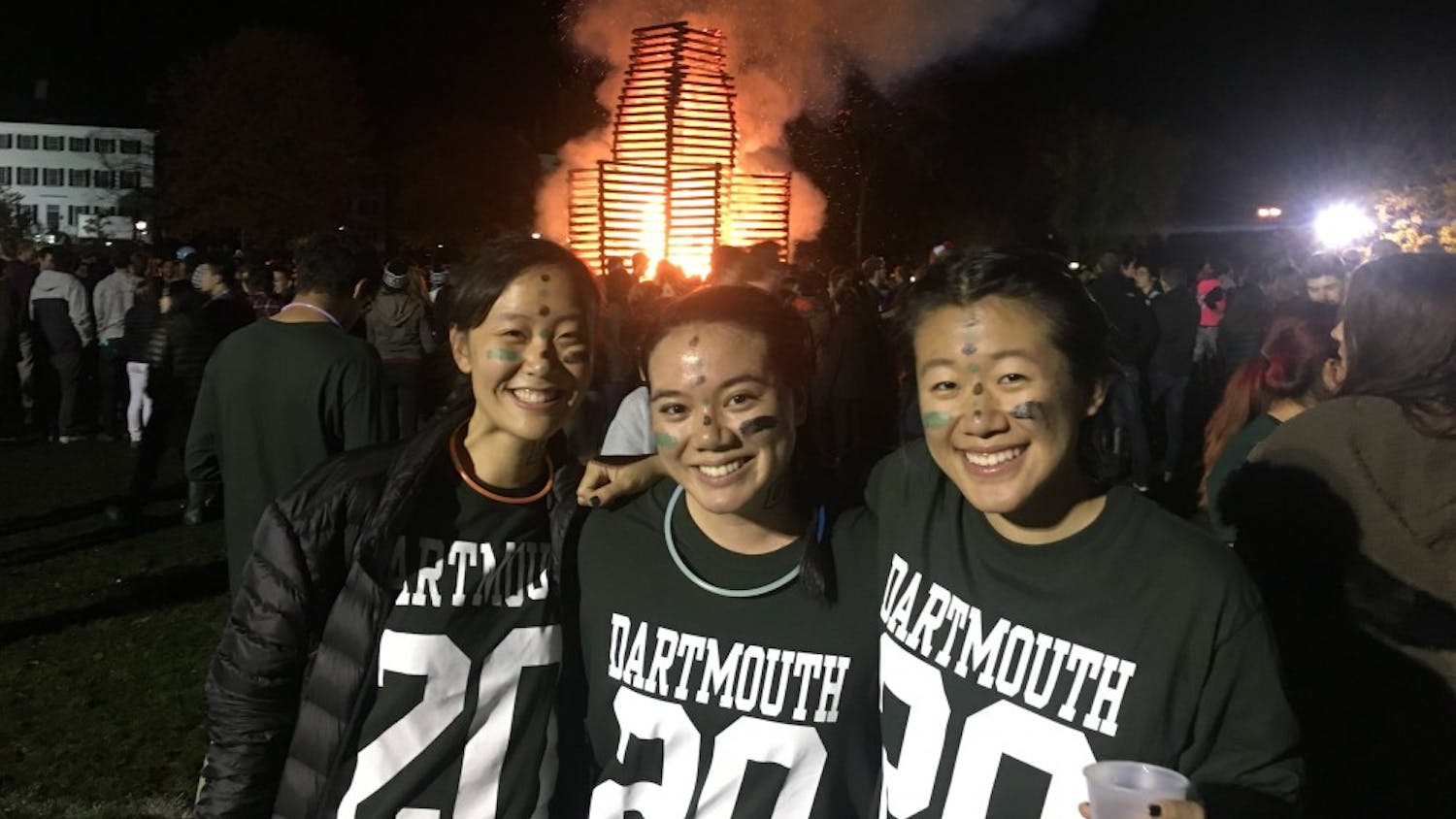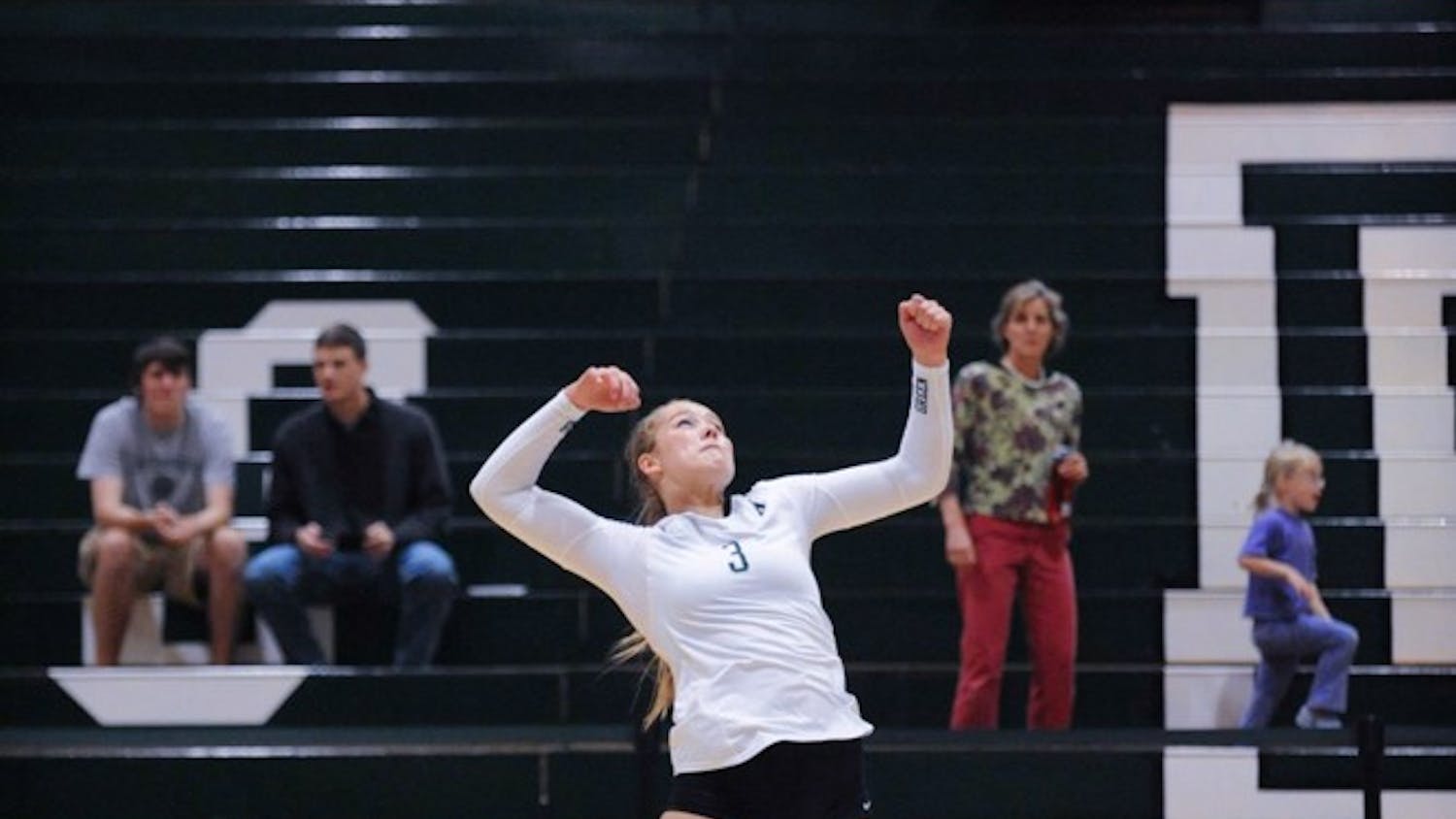Dartmouth professors come from a variety of fields of study, backgrounds and careers; however, Elisabeth Newton has a unique and consequential claim to fame. In 2018, Newton led a research team which discovered an exoplanet.
With the National Aeronautics and Space Administration confirming the planet’s existence in March, Newton’s team recently published its findings in The Astrophysical Journal Letters.
Before becoming an assistant professor of physics and astronomy at Dartmouth in January 2019, Newton’s team began examining data published from a 2018 NASA Transiting Exoplanet Survey Satellite mission. Their goal, according to Newton, was to discover an exoplanet — a planet outside the solar system.
The original NASA test mission from which the data was derived measured photometry — brightness as a function of time — and sought to pinpoint small dips in the brightness of stars that would indicate that a planet had crossed in front of it, according to Newton. In this research, Newton’s team discovered DS Tuc Ab, a planet which orbits around its host star every eight days and is between the size of Neptune and Saturn.
From its original discovery, Newton’s team then worked to confirm the exoplanet’s existence over other potential scenarios. Her team used available data and spectroscopy, a technique that measures the movement of the star, as well as the Southern African Large Telescope — which she had access to through her new affiliation with Dartmouth — in order to confirm the existence of the exoplanet.
Most of the initial analysis of TESS was done remotely because members of the research team were affiliated with universities and research centers around the world. University of North Carolina at Chapel Hill astronomy and physics professor Andrew Mann was involved in ensuring that the exoplanet was not a false positive. According to Mann, for every real planet TESS finds, it also captures 50 false positives.
Newton emphasized that there is still a lot to learn about DS Tuc Ab and that she hopes that Dartmouth undergraduates will be involved in new discoveries.
“When I was younger, I liked using math to find out the answers to problems, and with astronomy, there are a lot of really big questions surrounding it,” Newton said. “There’s a lot of contributions one can make as an undergraduate.”
As part of a Women in Science Project internship, Joselyn Lopez Bonilla ’22 learned how to use TESS under Newton’s leadership in order to compile a list of other potential exoplanet candidates that could later have their masses measured.
“When I started WISP, I thought I wasn’t qualified because I didn’t come from a high school where there were a lot of opportunities in STEM, but Professor Newton was understanding about my background,” Bonilla said. “Eventually, I got better, and it’s almost surreal to have been able to work with her.”
At Dartmouth, Newton has taught ASTR 15, “Stars and the Milky Way” and attempts to integrate her research into the classroom.
“I think it’s important in classes to see the applications of what you’re learning, so not just the historical — like Isaac Newton did this, and the theory in textbooks — but also seeing what astronomers are doing now,” Newton said.



